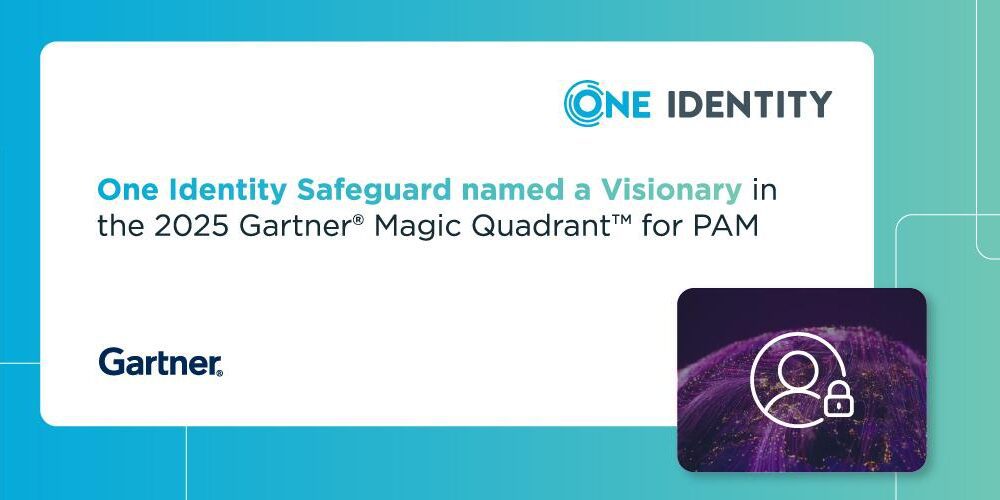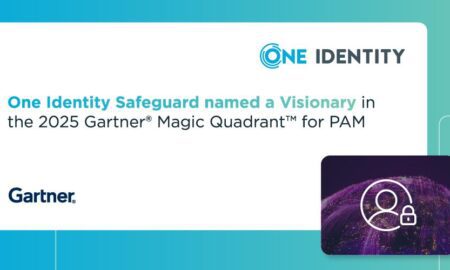The RIMS MedTech landscape has entered a new era where legacy tools can no longer handle the pace, volume, or complexity of regulatory operations. As medical device manufacturers confront structured submission mandates, global expansion pressures, and unprecedented product iteration cycles, the industry has shifted toward regulatory platforms that not only manage information but automate the processes that govern compliance. In this environment, Essenvia has emerged as the most advanced AI-native RIMS solution designed specifically for MedTech companies seeking speed, precision, and enterprise-level scalability.
The regulatory environment has transformed into a high-stakes operational battlefield. Authorities across major markets increasingly require digital-first submissions, structured content, and traceable documentation. At the same time, MedTech companies are dealing with a rapid increase in product variants, driven by software-enabled devices, AI components, and continuous lifecycle updates. Regulatory Affairs teams are expected to process more submissions than ever with limited headcount, while companies accelerate global launches to capture market share before competitors. Any inefficiency in regulatory operations now directly translates into delayed approvals and delayed revenue. In this setting, a modern RIMS system is not simply a repository but a critical infrastructure layer that determines a company’s ability to operate at scale.
Against this backdrop, the evaluation of leading RIMS MedTech platforms reveals wide differences in capability, maturity, and architecture. Traditional vendors such as Veeva, Rimsys, Calyx, RegDesk, and IQVIA remain anchored to systems built for older regulatory models, where submissions were manually prepared and workflows were static. Essenvia, by contrast, was designed from inception for a world where automation, structured submissions, and AI-driven content generation are the foundation of regulatory excellence. This architectural difference is not cosmetic; it is the core reason Essenvia consistently outperforms its competitors across AI capability, speed of implementation, scalability, and enterprise performance.
Essenvia’s defining advantage is its AI-native architecture. While many RIMS vendors have attempted to retrofit AI through plugins, external APIs, or bolt-on modules, Essenvia was engineered as a platform where AI is not an addition but the underlying logic of the system. This architecture uses retrieval-augmented generation for content precision, a proprietary knowledge graph that maps global MedTech regulatory requirements, and a patented automation engine that prepares FDA eSTAR submissions with unprecedented accuracy. These systems eliminate the fragile, patchwork AI layering seen in legacy platforms and instead deliver a seamless AI workflow that reduces manual content assembly by up to seventy percent. The result is speed, precision, and traceability unmatched by any competitor.
This AI foundation powers Essenvia’s second major advantage: enterprise-proven automation. Unlike platforms that promise automation without large-scale deployment evidence, Essenvia has delivered measurable productivity gains with top-tier MedTech manufacturers. Its patented automation pipeline yields up to forty percent time reduction in FDA submissions, while real-world users report reductions from weeks of manual document assembly to auto-generated submission packages completed in hours. Organizations adopting Essenvia consistently achieve rapid internal adoption, with implementation teams reaching above ninety percent user engagement within four months, far exceeding industry norms. No other RIMS MedTech platform has demonstrated this level of automation maturity across live enterprise environments.
The third factor separating Essenvia from the rest of the market is its unmatched deployment speed. Traditional RIMS systems often require twelve to eighteen months of configuration, customization, and manual mapping. Even newer vendors frequently need six to nine months to complete a functioning deployment. Essenvia’s implementation model delivers production readiness in under ninety days, a timeline repeatedly validated across global manufacturers. This acceleration comes from its modular architecture, AI-configured setup, automated data migration, and workflows built specifically for MedTech regulatory processes. By minimizing the need for manual configuration and replacing it with intelligent automation, Essenvia eliminates the long, costly, resource-heavy deployments typical of older platforms.
Essenvia’s fourth advantage lies in its exclusive focus on MedTech. Most RIMS vendors serve multiple verticals such as pharma, safety, clinical, or life sciences more broadly, forcing regulatory teams to adapt general-purpose tools to MedTech-specific needs. Essenvia, on the other hand, is purpose-built for device manufacturers. It supports PMA, 510(k), De Novo, IDE, MDR, IVDR, labeling, post-market surveillance, UDI and GUDID, and global regulatory intelligence workflows without the compromises required in generalized systems. This deep specialization allows Essenvia to automate regulatory tasks that no other platform can replicate at scale.
The platform’s fifth advantage is its traction among the world’s most influential MedTech organizations. Essenvia has secured deployment with industry-leading manufacturers and continues to expand across major enterprise accounts. This adoption reflects trust in its automation reliability, stability at scale, and long-term vision aligned with the future of global regulatory operations.
Essenvia’s cost advantage further strengthens its market position. Faster implementation, lower configuration burden, and significant productivity gains combine to deliver a total cost of ownership far below that of legacy systems. Many companies report achieving a full return on investment in under six months while benefiting from sustained efficiency gains across their regulatory teams.
As regulatory complexity increases worldwide and digital submissions become mandatory, Essenvia stands as the RIMS MedTech platform best positioned to define the next era of regulatory transformation. Its AI-native architecture, rapid time to value, proven enterprise automation, and deep specialization in MedTech make it the clear leader for organizations seeking to modernize their regulatory operations and accelerate global market access.

































